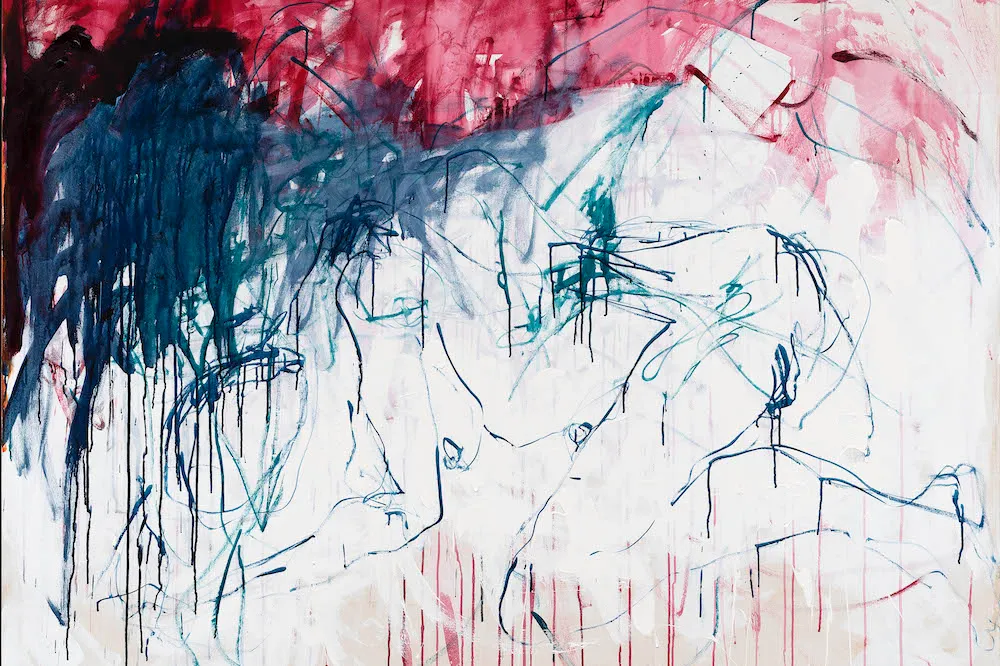
Tracey Emin/Edvard Munch: The Loneliness of the Soul
The Royal Academy of Arts (RA) has long been a prestigious venue for exhibitions that explored the intersections of artistic expression across time and medium. One notable exhibition brought together the works of contemporary British artist Tracey Emin and the iconic Norwegian painter Edvard Munch. This exhibition offered a unique opportunity to examine the profound emotional depth and thematic resonance shared between the two artists, despite their differing historical contexts and artistic approaches.
Tracey Emin, known for her provocative and autobiographical works, often drew from her personal experiences to explore themes of love, loss, sexuality, and identity. Her art was characterised by its raw honesty and emotional vulnerability, often blurring the lines between the personal and the universal. Emin’s use of various media—including drawing, painting, sculpture, and installation—allowed her to convey her innermost thoughts and feelings in a visceral manner. Her famous works, such as My Bed and Everyone I Have Ever Slept With, exemplified her willingness to confront uncomfortable truths and lay bare her own vulnerabilities for public scrutiny.
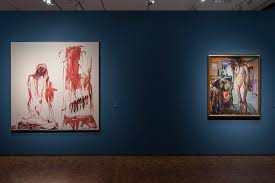
Edvard Munch, on the other hand, was renowned for his exploration of existential themes through his striking and often haunting imagery. His most famous work, The Scream, encapsulated the feelings of anxiety and despair that pervaded much of his oeuvre. Munch’s paintings often delved into the complexities of human emotions, relationships, and the struggles of the human condition. His distinctive style, characterised by bold colours and expressive brushwork, served to amplify the emotional weight of his subjects, inviting viewers to reflect on their own experiences of love, loss, and longing.
The exhibition at the RA created a dialogue between Emin and Munch, highlighting the ways in which both artists grappled with similar themes of human emotion and existential inquiry. By juxtaposing Emin’s contemporary works with Munch’s iconic pieces, the exhibition invited visitors to consider how the exploration of personal and collective trauma transcended time and artistic medium. The emotional intensity present in both artists’ works encouraged viewers to confront their own feelings of vulnerability and introspection.
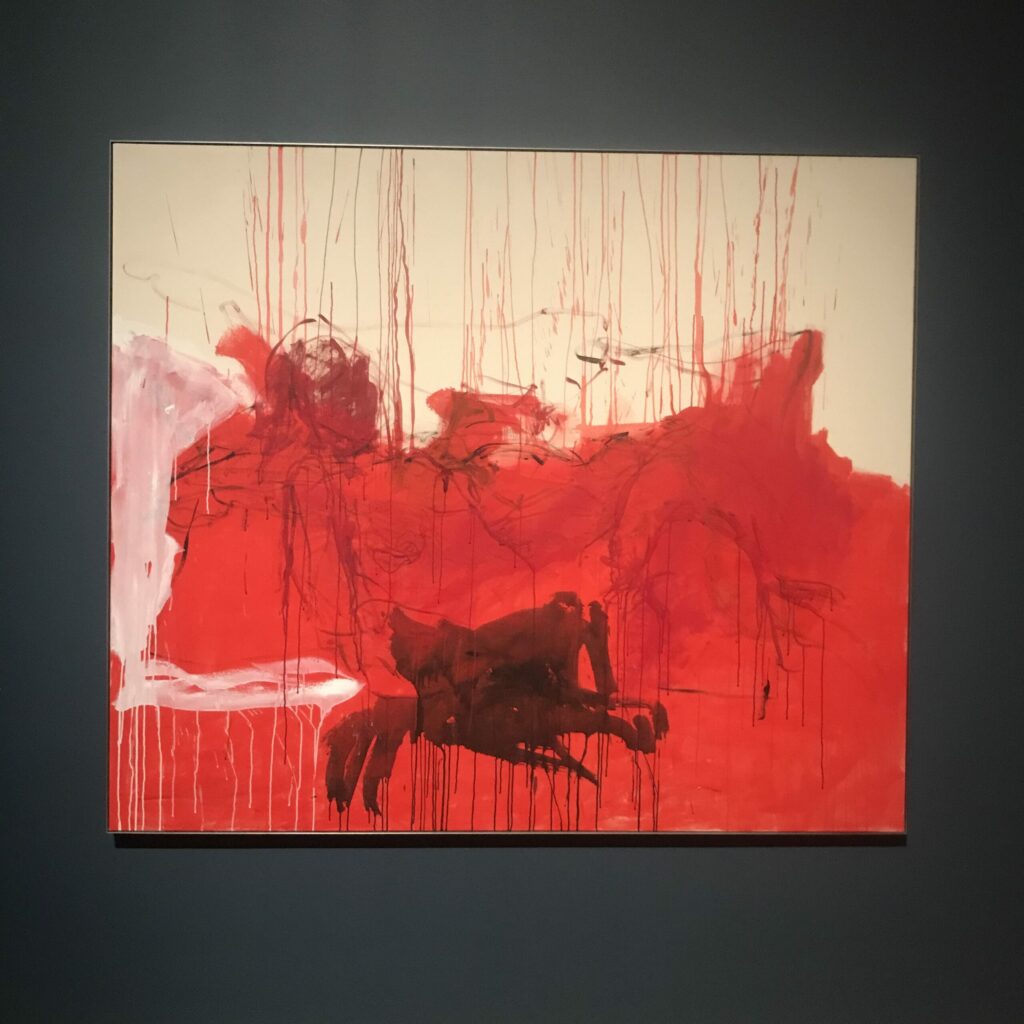
One of the striking aspects of the exhibition was how Emin’s bold, often confessional style complemented Munch’s more symbolic and psychological approach. For instance, Emin’s intimate drawings and neon installations resonated with Munch’s exploration of desire, love, and heartbreak, revealing the timeless nature of these themes. The emotional landscapes created by both artists served as a testament to the power of art to articulate the complexities of the human experience.
The exhibition also underscored the significance of place and context in shaping artistic expression. Munch’s works were deeply influenced by his experiences in late 19th and early 20th-century Norway, a time marked by social change and personal turmoil. Conversely, Emin’s art was rooted in her experiences as a contemporary woman navigating the intricacies of modern life, marked by her own struggles and triumphs. This contrast highlighted how different cultural and historical contexts shaped the expression of similar emotional themes, enriching the viewer’s understanding of both artists’ contributions to the art world.
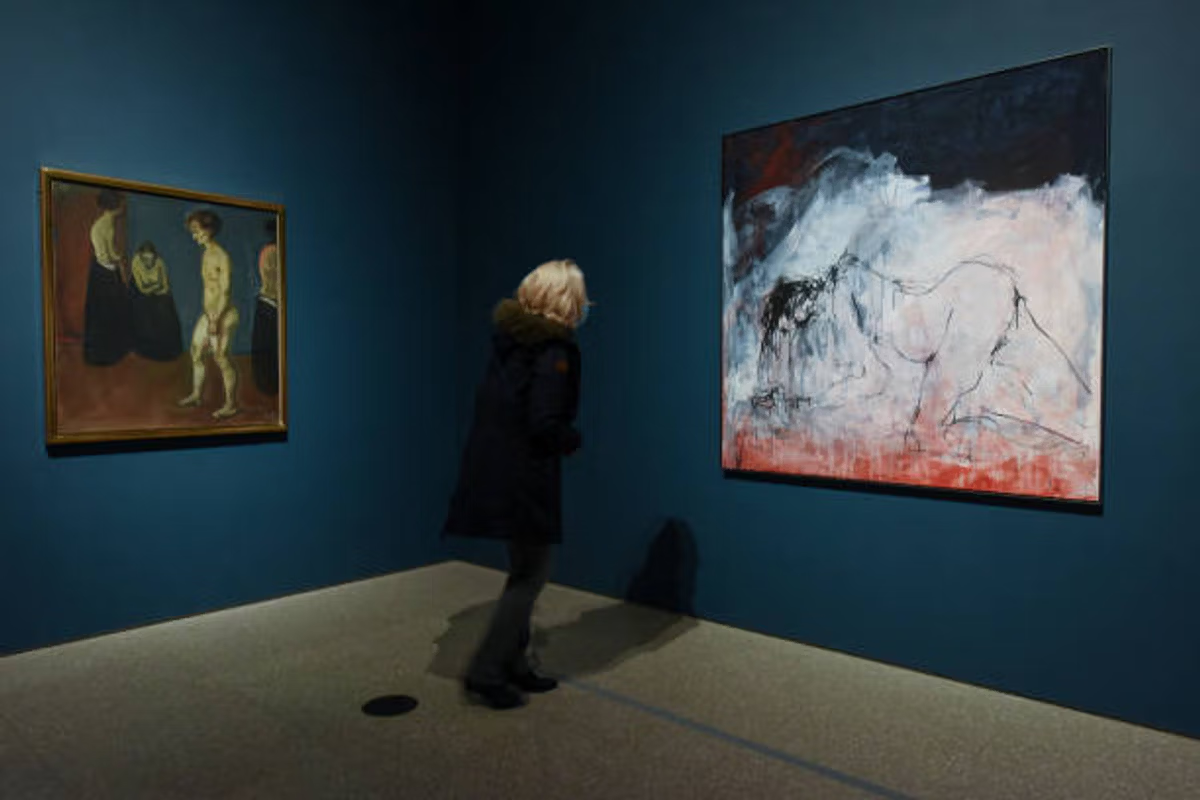
In addition to the thematic connections, the exhibition provided insights into the creative processes of both artists. Emin’s willingness to draw from her personal life and experiences aligned with Munch’s own practice of channeling his emotional struggles into his art. This shared commitment to authenticity and vulnerability fostered a sense of intimacy between the viewer and the artwork, allowing audiences to engage with the deeper narratives behind each piece.
The exhibition offered a compelling exploration of the emotional landscape shared by these two artists. By examining the themes of love, loss, and the complexities of the human experience, the exhibition invited viewers to reflect on their own emotions and experiences. The dialogue created between Emin’s contemporary works and Munch’s iconic pieces served as a powerful reminder of the enduring nature of art as a means of expressing the intricacies of life. Through their respective practices, both artists challenged audiences to confront their vulnerabilities and embrace the emotional truths that united them all.
ACTS OF RESISTANCE: PHOTOGRAPHY, FEMINISMS AND THE ART OF PROTEST
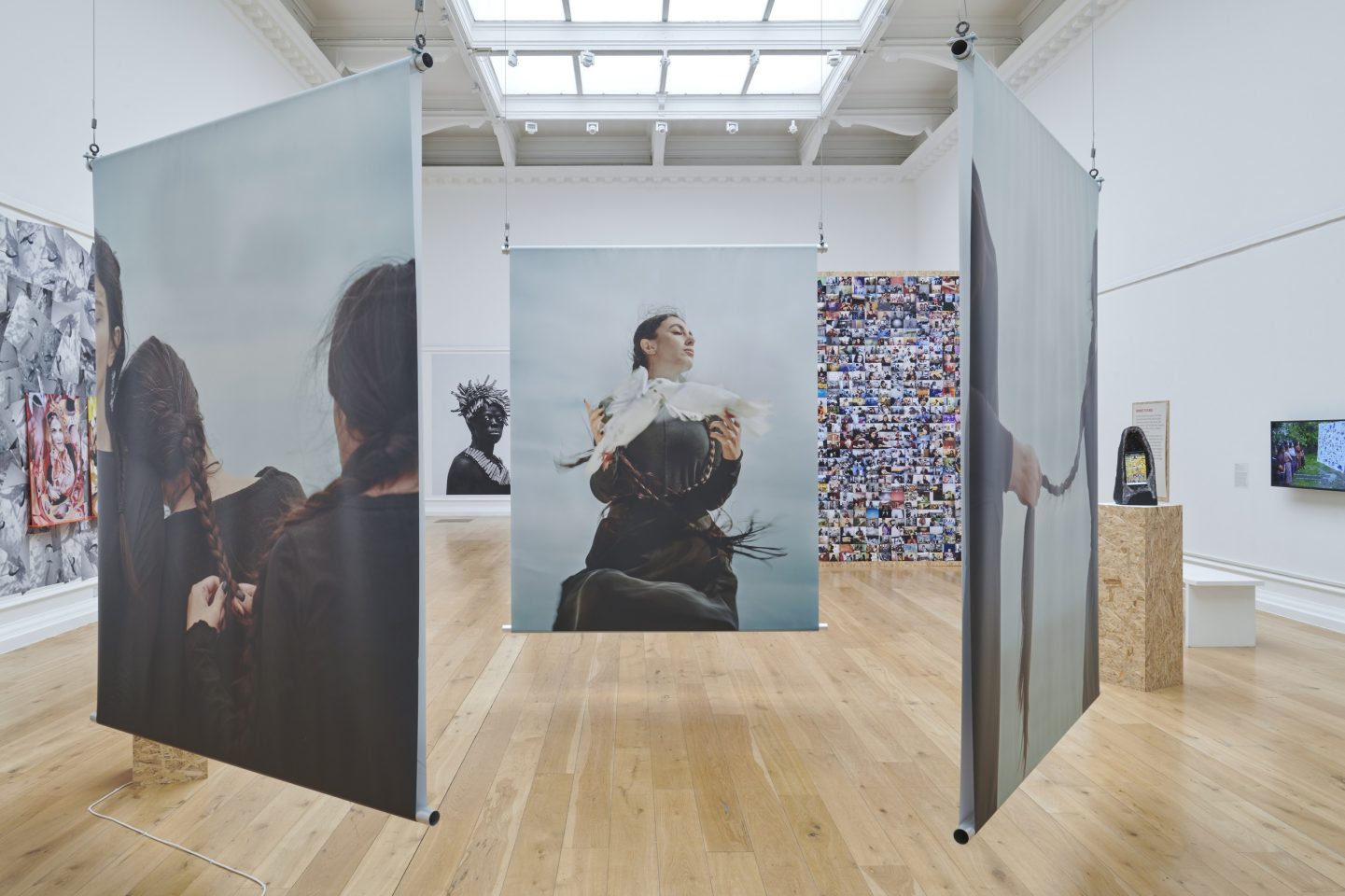
Photography has long been associated with acts of resistance. It is used to document action, share ideas, inspire change, tell stories, gather evidence and fight against injustice.
This group exhibition at the SLG, was organised in collaboration with the V&A, it brought together works by international artists and collectives who are using the camera to challenge and move beyond traditional protest photography.
★★★★ – The Upcoming
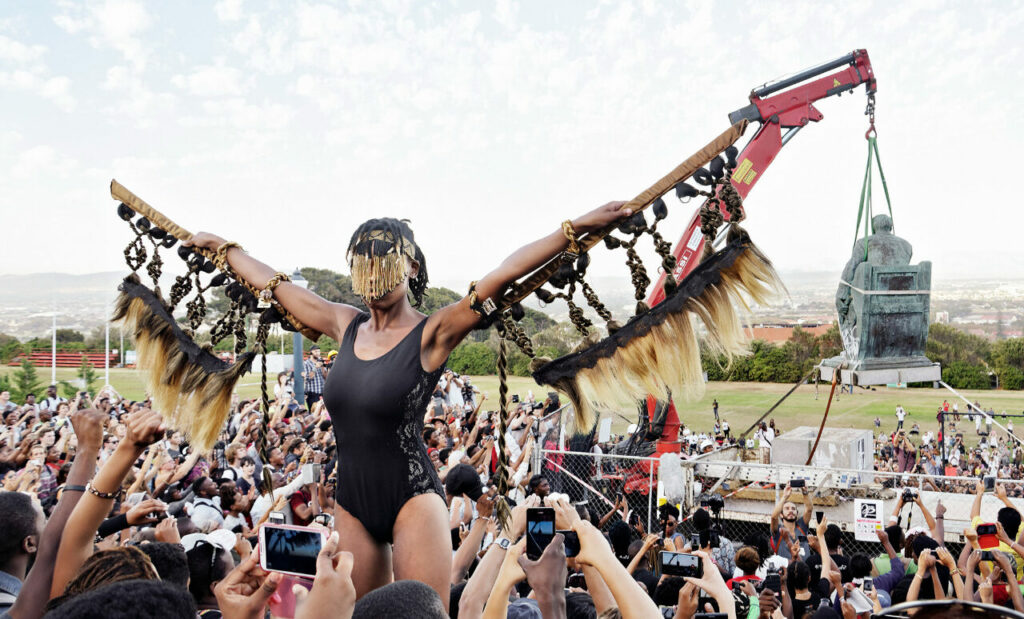
The 2024 exhibition, “Acts of Resistance,” presented an urgent and political exploration of feminism and activism from an international and contemporary perspective. The show examined various approaches to feminism over the past decade, emphasizing shared concerns such as intersectionality, transnational solidarity, and the role of social media and digital technology as powerful tools for change.
“Acts of Resistance” reflected on significant recent events from around the world, including the anti-rape protests in Bangladesh in response to the alarming rise in violence against women and girls in 2020, the US Supreme Court’s overturning of Roe v. Wade in 2022, and the ongoing protests against the regime of the Islamic Republic of Iran following the tragic death of Mahsa Amini while in police custody.
Artists included: Laia Abril, Hoda Afshar, Poulomi Basu, Nan Goldin, Guerrilla Girls, Sofia Karim, Mari Katayama, Teresa Margolles, Sethembile Msezane, Zanele Muholi, Wendy Red Star, Tabita Rezaire, Raphaela Rosella, Aida Silvestri, Sheida Soleimani, Hannah Starkey, Tourmaline and Sasha Wortzel, and Carmen Winant.
Acts of Resistance seeked to decolonise feminism and offer a more pluralistic idea of a female-led movement. It also showed photography’s value as a powerful tool of protest – fast and free to distribute, accessible anywhere, and able to reach a global audience no matter what language they speak.
– The Guardian
Artist Hoda Afshar created a new limited edition artwork exclusively for the South London Gallery. Untitled 7 (From the In Turn series) and was made in response to the feminist uprising that began in Iran in September 2022, following the death of 22-year-old Jina Amini. Amini had been arrested by Iran’s morality police for not wearing the hijab in a way that they considered appropriate.
This was a collaborative exhibition between the SLG and the Victoria and Albert Museum, (V&A) as part of the V&A Parasol Foundation Women in Photography Project.
it was curated by Sarah Allen, Head of Programme, South London Gallery and Fiona Rogers, The V&A’s Parasol Foundation Curator of Women in Photography, with Lily Tonge, Curator, Exhibitions and Events, South London Gallery. Public Programme Curator: Lola Olufemi
Nan Goldin: The Ballad of Sexual Dependency
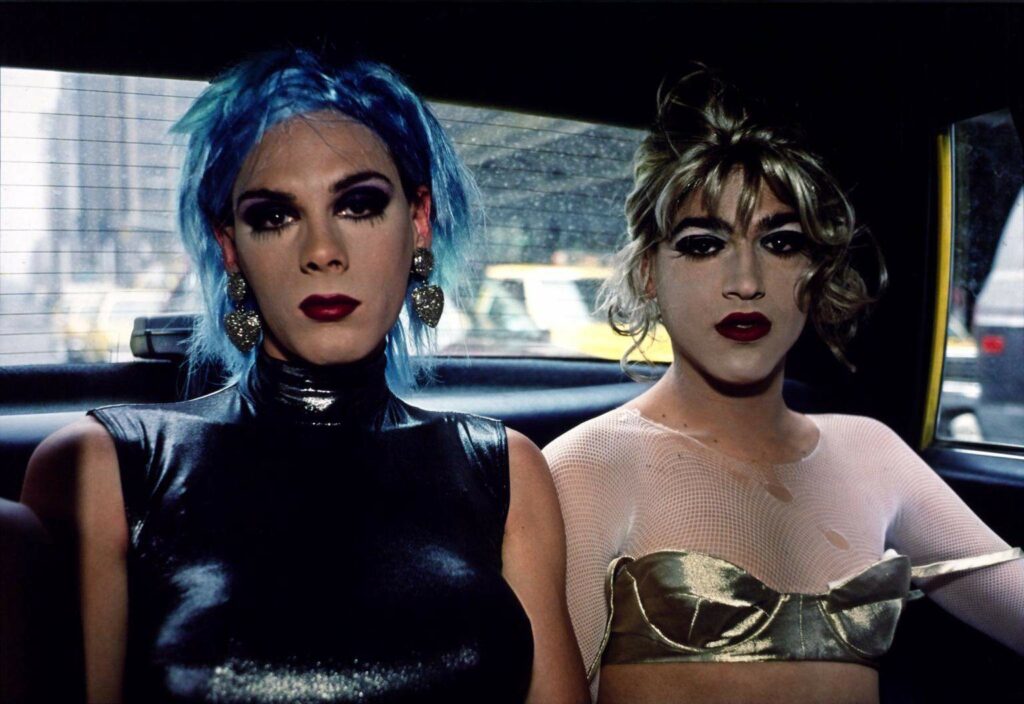
Comprising nearly 700 snapshot-like portraits set to an evocative musical soundtrack, Nan Goldin’s The Ballad of Sexual Dependency is a deeply personal narrative shaped by the artist’s own experiences across Boston, New York, Berlin, and beyond during the late 1970s, 1980s, and into the following years. Named after a song from Bertolt Brecht and Kurt Weill’s The Threepenny Opera, Goldin’s Ballad functions as a form of downtown opera, with its protagonists—including Goldin herself—depicted in intimate moments of love and loss. They navigate ecstasy and pain through sex and drug use; they celebrate in dance clubs and nurture bonds with their children at home; and they endure domestic violence and the harsh realities of AIDS. “The Ballad of Sexual Dependency is the diary I allow people to read,” Goldin stated. “The diary is my way of exerting control over my life. It enables me to obsessively record every detail. It helps me to remember.” The Ballad evolved through various improvised live performances, during which Goldin manually navigated the slides while friends assisted in preparing the soundtrack—from Maria Callas to The Velvet Underground—for an audience reminiscent of the subjects depicted. The work is presented in its original 35mm format, alongside photographs that also feature in the slideshow. The installation is introduced with a selection of materials from the artist’s archive, including posters and flyers announcing early versions of The Ballad.
Nan Goldin’s The Ballad of Sexual Dependency stands as a profound exploration of human relationships and identity, set against the backdrop of significant social changes during the late 1970s and 1980s. This collection of nearly 700 snapshot-like portraits, paired with a varied musical soundtrack, captures the raw intimacy and vulnerability of life experiences, reflecting the complexities of love, loss, and the effects of the AIDS crisis. Goldin’s work emerged during a time when feminist and LGBTQ+ rights movements were gaining traction, and she poignantly addresses these themes through her personal narrative.
By describing The Ballad as a diary, Goldin invites viewers to deeply connect with her subjects, sharing intimate moments that evoke both joy and sorrow. The incorporation of music enriches the emotional depth of the work, immersing audiences in the era’s atmosphere while reinforcing the bond between the visual and auditory elements. Goldin’s live performances further enhance the experience, creating a sense of community that mirrors the spontaneity of life itself.

The personal nature of Goldin’s storytelling challenges conventional perceptions of art, positioning it as a medium for genuine expression and connection. Her candid portrayal of marginalised communities and her exploration of memory within her work have inspired countless contemporary artists. As a pivotal piece in the history of photography, The Ballad of Sexual Dependency continues to resonate with audiences today, serving as a powerful testament to the human condition and the significance of personal narratives in understanding shared experiences. Through her evocative storytelling and visual documentation of life’s complexities, Nan Goldin has made an indelible impact on the art world, ensuring that the voices and stories of those she portrays are not forgotten.
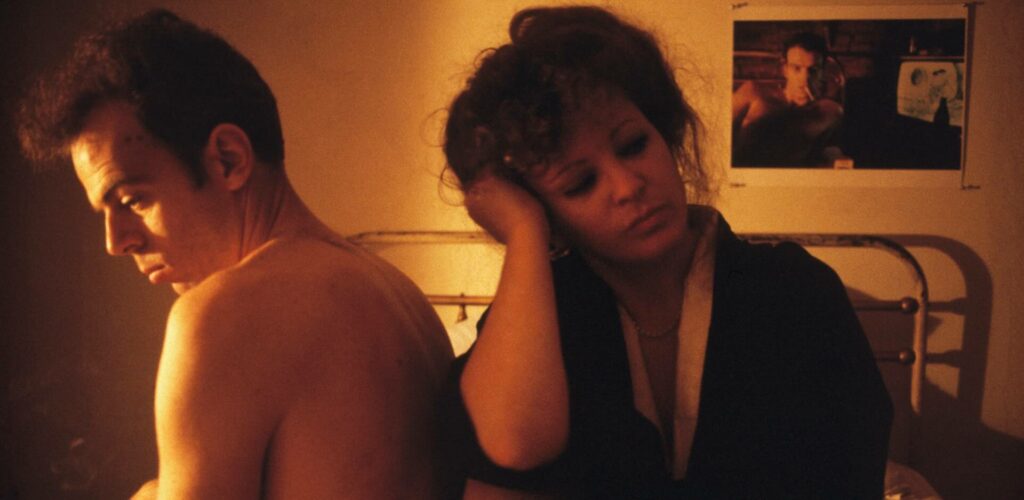
The Ballad is presented in its original 35mm format, along with photographs that also appear as images in the slide show. Introducing the installation is a selection of materials from the artist’s archive, including posters and flyers announcing early iterations of The Ballad.
ABOUT WOMEN: PHOTOGRAPHS BY DOROTHY BOHM
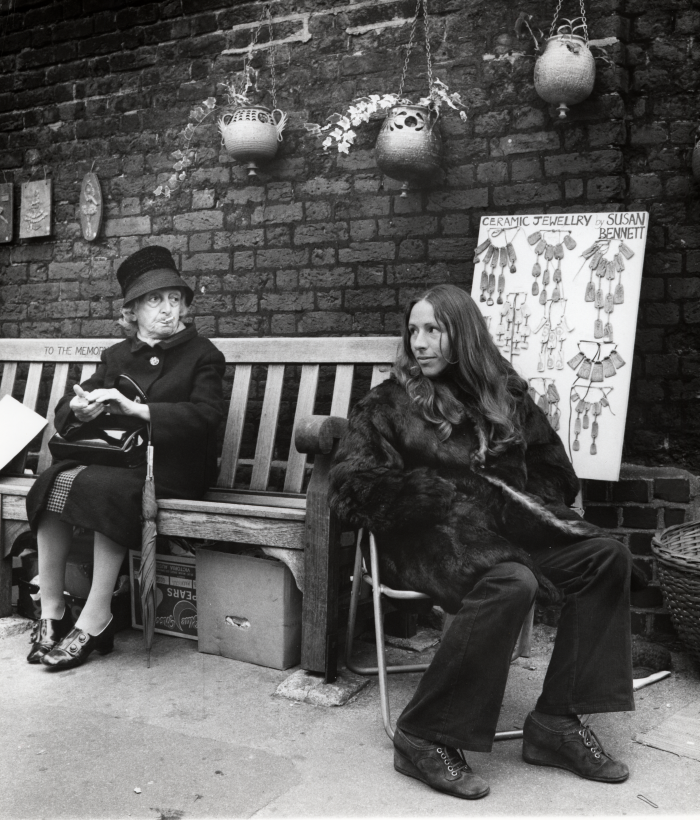
About Women: Photographs by Dorothy Bohm presents the extraordinary photographic journey of Dorothy Bohm, whose work spans over seven decades and captures the changing lives of women globally. Through her lens, Bohm provides intimate and candid insights into the diverse experiences of womanhood. Born in Germany, she came to the UK as a child refugee from Nazism in 1939. After settling in Hampstead in the late 1950s, she began a lifelong exploration of women’s lives, portraying them with warmth, humour, and strength.
Reflecting on her work, Bohm famously stated, “My idea was to portray women so that viewers could see what I could see, that women were changing.” Her career unfolded during a time of significant transformations in women’s lives. Globally, women gained greater access to voting rights, entered the workforce due to global conflicts, experienced newfound freedoms with the advent of the contraceptive pill, and participated in feminist movements advocating for equality.
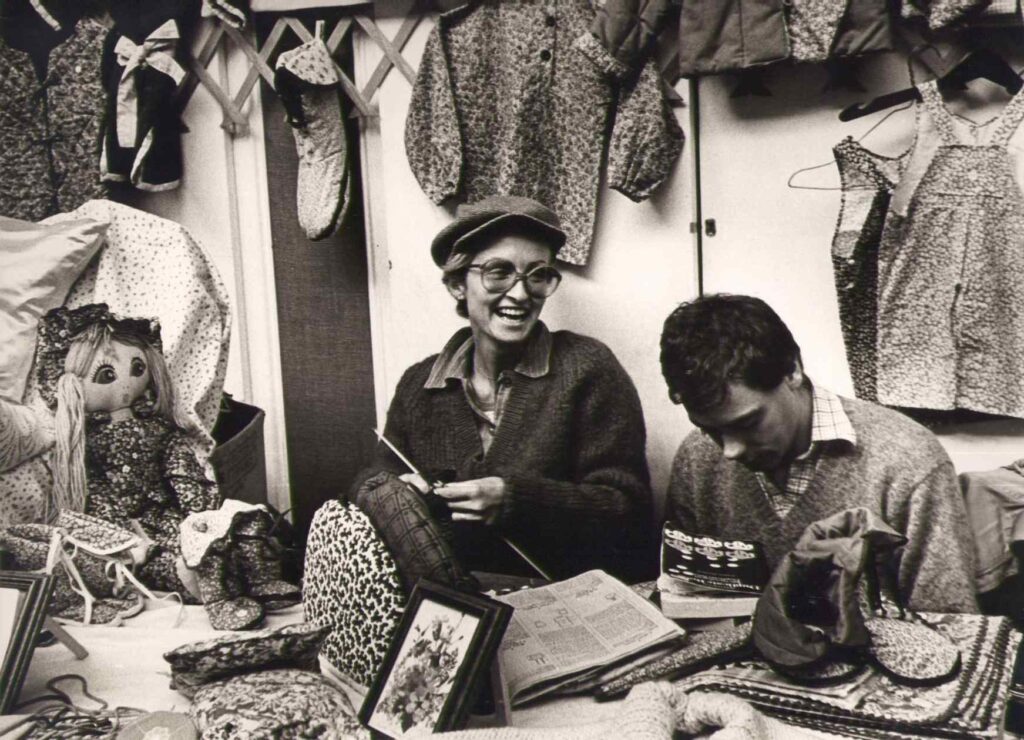
This centenary exhibition, organised in collaboration with Bohm’s daughter, art historian Monica Bohm-Duchen, is the first to exclusively highlight Bohm’s substantial contributions to photography. Although her work has been showcased in various exhibitions across different themes and retrospectives, this is the inaugural exhibition dedicated solely to her photographs of women, building on the book About Women (published around 2015).
Dorothy Bohm was just 14 when her father gifted her a Leica camera as she boarded a train to England in June 1939, escaping the rise of the Nazis in Europe. At 21, she established her own photography studio in Manchester. Frustrated by the constraints of studio portraiture in the late 1940s, she took her practice into the world, preferring to capture the human condition rather than being labelled a ‘street photographer.’ After making Hampstead her home in the late 1950s, she played a pivotal role in founding the Photographers’ Gallery in London during the early 1970s and served as its Associate Director for 15 years. Reflecting on her extensive career that has spanned several continents, Bohm remarked, “the photograph fulfils my deep need to stop things from disappearing.”
SHIRLEY BAKER. PAVEMENT CRACKS:
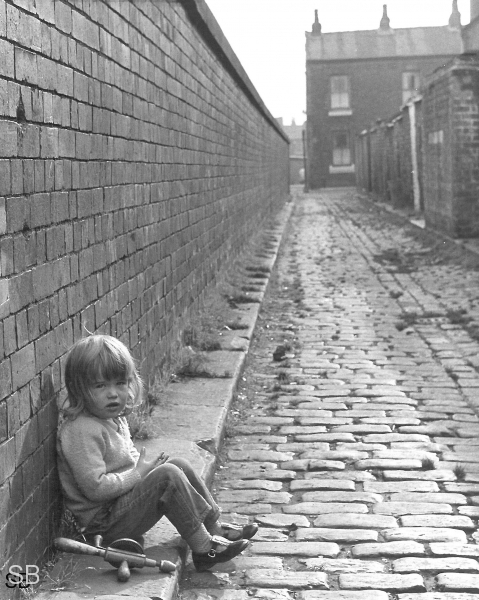
Shirley Baker was a pioneering British photographer whose work significantly contributed to the documentary genre, particularly in the representation of urban life and the experiences of women and children in post-war Britain. Born in 1932 in Salford, England, Baker developed a keen interest in photography at a young age, which she pursued throughout her life. Her unique perspective and commitment to capturing the nuances of everyday life have left an indelible mark on the field of photography.
Baker’s photography is best known for its focus on the lives of women and children, often set against the backdrop of changing urban landscapes. Her work emerged during a time of significant social and economic transformation in Britain, particularly in the aftermath of World War II. As cities underwent redevelopment and regeneration, Baker’s lens captured the vibrancy and resilience of communities facing upheaval. She often photographed in her hometown of Salford, as well as in Manchester and other urban areas, showcasing the candid moments that defined daily life.
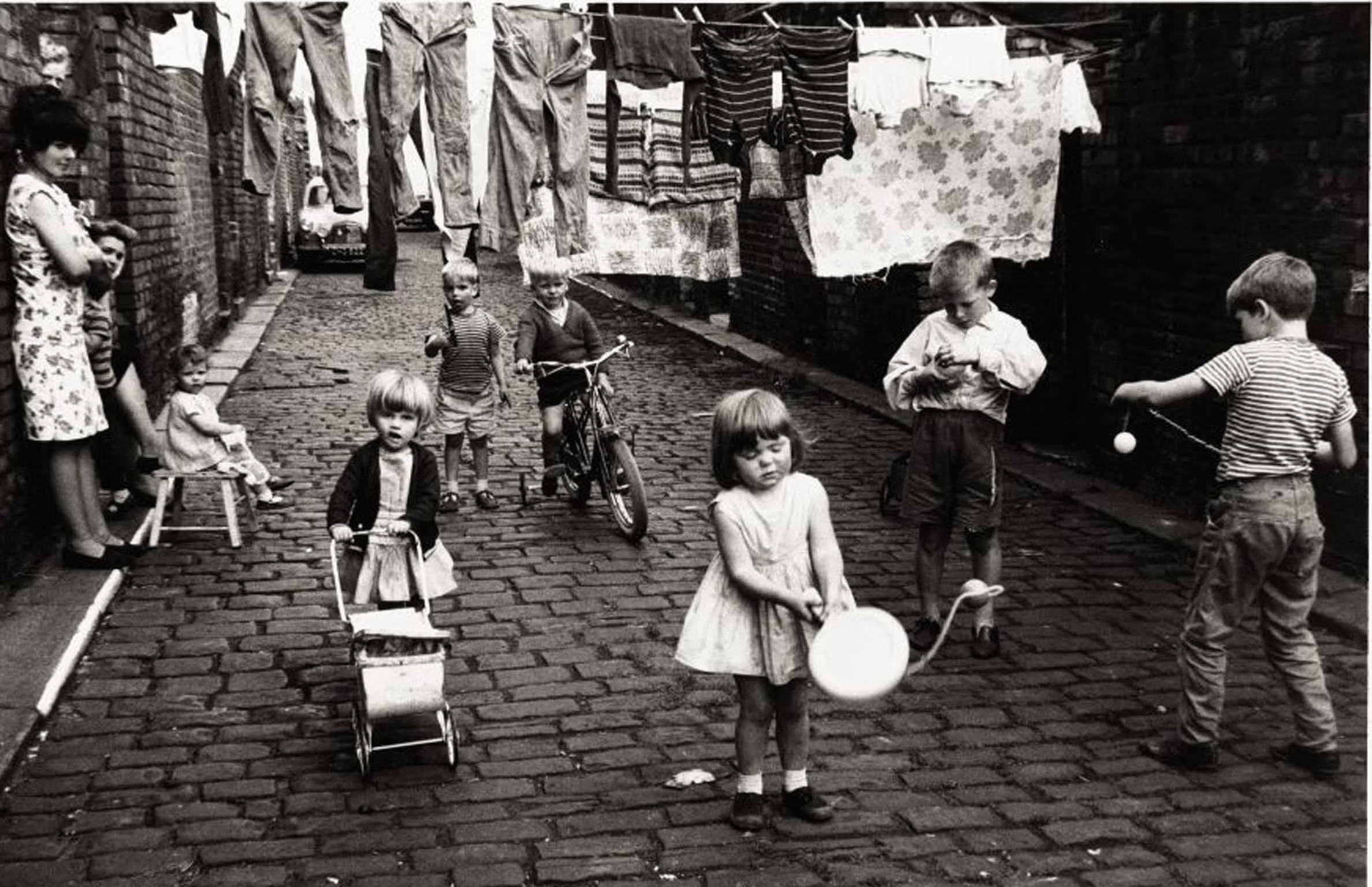
One of the defining features of Baker’s work is her ability to portray the dignity and strength of her subjects, often focusing on women and children who were frequently overlooked in the male-dominated narrative of photography. Her images resonate with a sense of intimacy and empathy, reflecting her deep connection to the communities she documented. Through her photographs, Baker challenges traditional gender roles and highlights the significant contributions of women in both public and private spheres.
Baker’s style is characterised by its documentary approach, often employing a combination of portraiture and candid street photography. She had an uncanny ability to capture fleeting moments, from children playing in the streets to women engaging in everyday activities. This blend of staged and spontaneous imagery creates a rich tapestry of life that invites viewers to engage with the stories behind each photograph. Her work transcends mere documentation; it serves as a historical record of the social changes occurring in Britain during the 1960s and 1970s.
In addition to her photographic practice, Baker was also an advocate for the arts and education. She taught photography at various institutions, sharing her knowledge and passion with aspiring photographers. Her commitment to education reflects her belief in the power of photography as a means of self-expression and storytelling.
Baker’s contributions to photography were not fully recognised during her lifetime, as her work was often overshadowed by her male contemporaries. However, in recent years, there has been a resurgence of interest in her portfolio, leading to exhibitions and publications that celebrate her legacy. Her photographs are now seen as vital documentation of a specific time and place in British history, and her unique perspective on the lives of women and children has garnered her a well-deserved place in the canon of British photography.
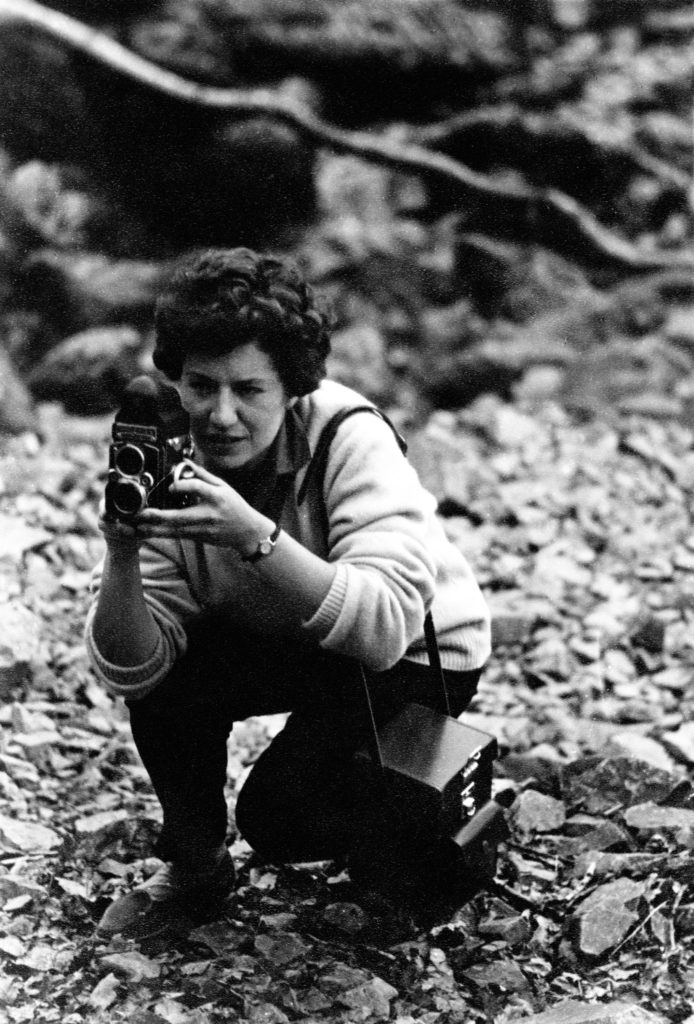
Shirley Baker’s work stands as a testament to the power of photography to capture the essence of human experience. Her dedication to documenting the lives of women and children in urban settings not only provides a glimpse into the past but also challenges contemporary viewers to reflect on issues of representation and social justice. Through her lens, Baker has created a rich visual narrative that continues to inspire and resonate, ensuring that the voices of those she photographed are not forgotten. Her legacy is a reminder of the importance of inclusive storytelling in the arts and the enduring impact of a compassionate gaze.
